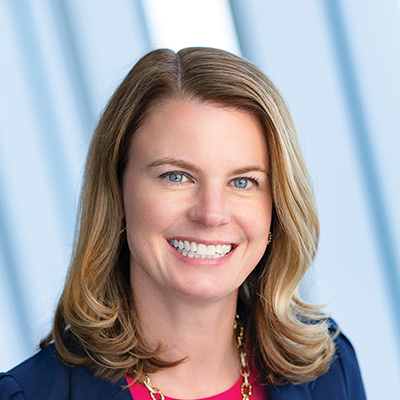Secured Bonds: Added Protection in the Face of Uncertainty
The spreading coronavirus is the latest reminder that the global economy remains vulnerable to shocks—especially those that investors don’t see coming. The primary culprit behind the recent uptick in market volatility, this joins a handful of other lingering macroeconomic and geopolitical risks—from trade and regional politics to commodity prices and global growth. There is also no sidestepping the fact that we are a long way into a credit cycle that’s over a decade in the making—a reality that has kept markets on edge, and investors on their toes, for the better part of the last few years.
In times like these, when uncertainty seems to be the only constant, some investors have (perhaps rightfully) adopted a more cautious outlook into the future when it comes to allocations to risk assets. For some, this has meant taking a closer look at senior secured bonds—for a few key reasons.
High Historical Recovery Rates
As we discussed in detail here, senior secured bonds have historically offered higher recovery rates than unsecured bonds—a result of being senior in the capital structure and secured by some or all of a borrower’s assets. While senior secured bonds are not recession-proof, they often sit alongside senior secured loans in a company’s capital structure—meaning that in the event of default, senior secured bondholders are typically positioned alongside loan investors for a potential recovery.
Senior secured debt is also secured by issuer collateral—practically speaking, this means that if an issuing company defaults, senior secured lenders are in a favorable position, relative to unsecured creditors, to drive a debt restructuring in a way that allows the greatest amount of principal investment to be recovered.
HISTORICALLY HIGH RECOVERY RATES (1987–2018)

Source: Moody’s Global Average Corporate Debt Recovery Rates.
Less Exposure to Energy
At the index level, senior secured bonds have a materially smaller weighting in energy (5.76%) relative to the broader high yield market (12.42%)1. Even as the broader high yield market posted an impressive performance in 2019, high yield energy credits came under pressure due to concerns over supply/demand dynamics—namely increased global production—and uncertain economic growth. In fact, almost half of all U.S. defaults in 2019 were concentrated in energy, as certain companies faced operational and logistical constraints that inhibited free cash flow generation and slowed the process of deleveraging.
The challenges facing the energy sector—particularly oil—have been amplified very recently amid concerns that the aforementioned global health risks could dampen both economic growth and demand from China. While it is impossible to predict how these risks may unfold longer-term, senior secured bonds, given their lower exposure to the energy sector, may be in a better position, compared to the broader high yield market, to weather any ongoing choppiness.
Shorter Duration
Monetary policy, and the uncertainty around interest rates, also remains top of mind for many investors. As is the case with high yield generally, senior secured bonds tend to be shorter-duration relative to investment grade credit—meaning the asset class tends to be less influenced by the longer-term direction of interest rates. In that capacity, rather than trying to anticipate the trajectory of interest rate movements over the next 10 years, investors have an opportunity to lock in yields and spreads on a shorter, often two to three-year basis.
SENIOR SECURED BONDS ARE SHORTER DURATION VS. THE BROADER HY AND IG MARKETS

Source: Bank of America Merrill Lynch. As of December 31, 2019.
Looking at high yield today, there is very little pricing distinction between secured and unsecured high yield bonds—and investors in the senior secured part of the market are earning those spreads over a shorter timeframe, and with the added potential benefit of higher recovery rates.
The Takeaway
2019 was certainly a strong year for high yield—with positive returns across bonds and loans. And while a slowdown in earnings growth is possible, or perhaps even probable, high yield issuers today are generally reporting stable earnings and cash flow, and we expect default rates to remain low.
But volatility has crept back into picture, and will likely continue to punctuate markets going forward. In this type of environment, it is worth pointing out that high yield as a whole has exhibited relative strong performance over time, including through periods of volatility. Within that, senior secured bonds offer the added benefit of being secured by the assets of the underlying company—a particularly appealing characteristic in the event of a widespread or material increase in defaults.
1. Source: Bank of America Merrill Lynch. As of December 31, 2019.





